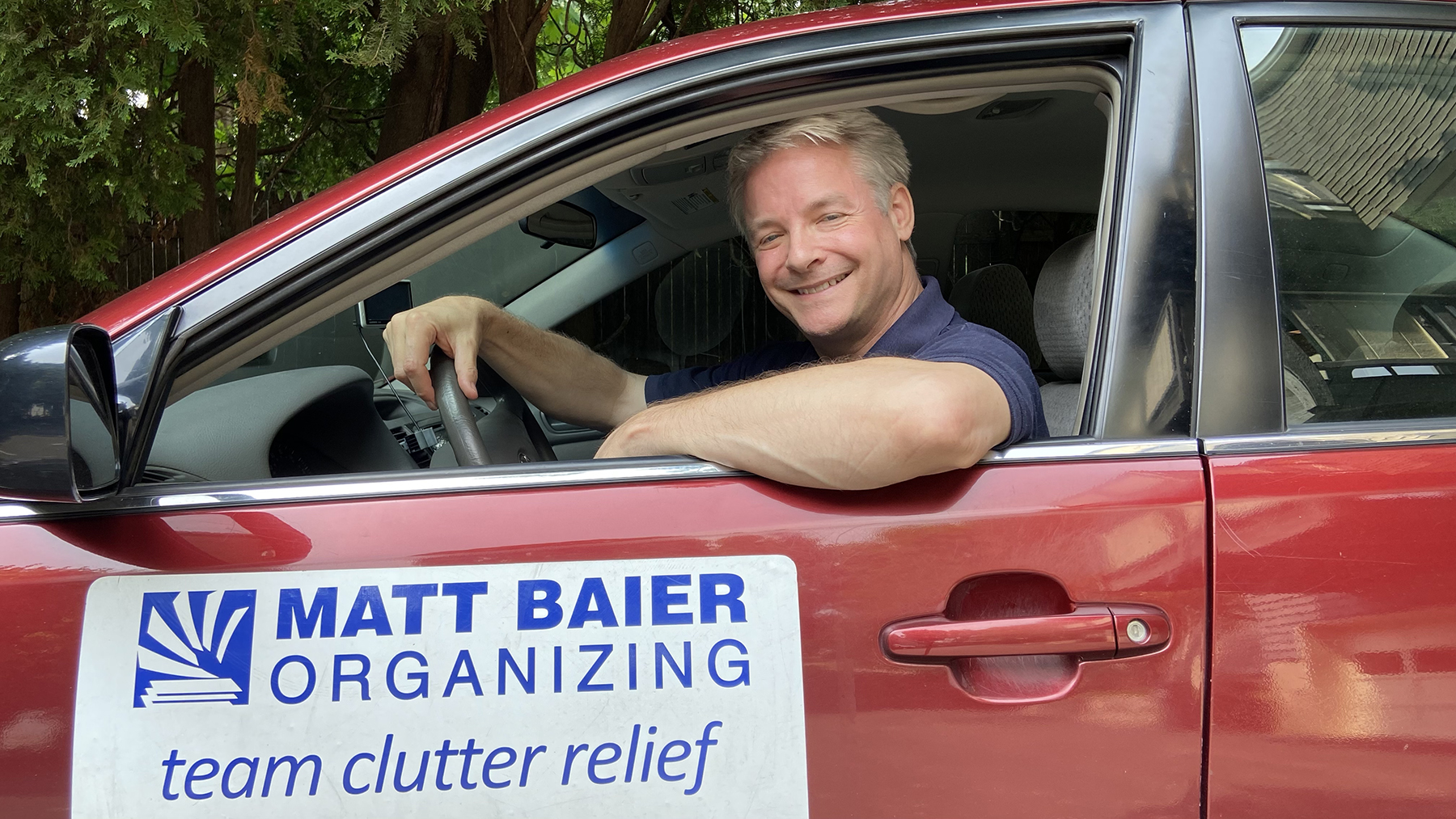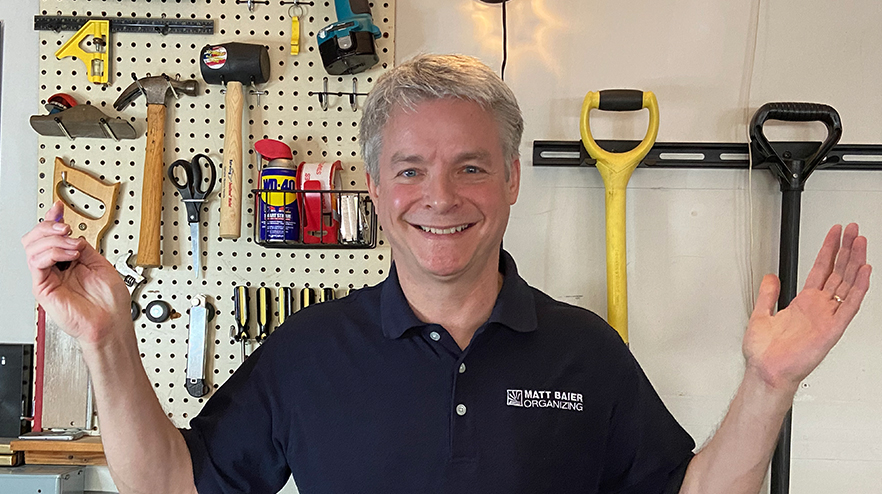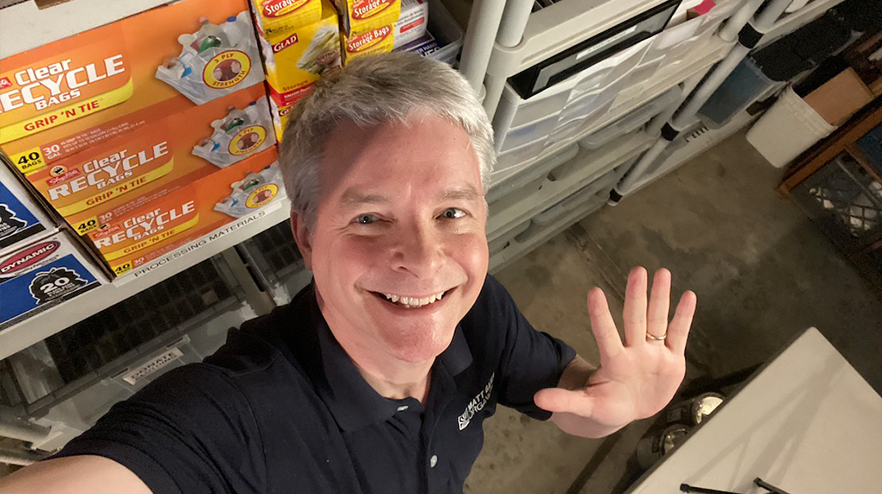What action system do you used to get things done? Outlook? A Filofax? Your Smart phone? Maybe a good old fashioned to-do list? Odds are you are using a combination of all of the above. If your system is not working, it’s helpful to look at all the elements that make a good action system. If any one of these elements are not working, the whole system can fall apart.
Element 1: Single Focus. You may go to bed with a beautifully worked out plan for tomorrow, but of course stuff happens. I won’t waste time on why you get distracted from your plan. It happens to the most disciplined of us. What’s important is that you at least DO start with a plan, a single page in a single place, so that you have one place to return to after your inevitable distractions. If your plan is divided your focus will be too.
Element 2: Fixed Events. To-do lists don’t work for several reasons. The first is, they don’t take into account your fixed events of the day. You’re not going to fit in all your tasks and projects if you don’t first block our your fixed obligations that are filling up your day.
Element 3: Flexible Tasks & Projects. Day planners tend not to work for the opposite reason. While you can keep all your fixed events straight, there is not an easy system for working in all the tasks and projects you want to make a point of doing. They require a certain amount of flexibility, because priorities change in an instant. Priorities are harder to predict than events
Element 4: Easy Entry. There’s no getting around the fact that you must either type easily or write legibly. Be sure your system goes with your strength. You don’t want the difficulty of entry alone to discourage you from entering information as it comes to you.
Element 5: Easy Retrieval. You may be a wiz at entering information, but are you equally able to retrieve your information and act on it? There is nothing compelling about a tiny note hidden inside a closed book, that’s still in your bag. Give yourself the best odds of seeing and acting upon a to-do by making it bold and visible.
Element 6: Portability. Maybe you’ve got a big fat day planner that carries and does EVERYTHING, but is it so big that you’re often tempted to leave it behind? A good action system needs be portable enough, so that it is always with you to update as needed.
Element 7: Long Term Goals. The second reason that to-do lists don’t work is that we tend to cross off the easiest items on the list first and we keep rewriting the undone bigger projects on the next to-do lists. The more items we are able to cross off the more productive we feel, but those long term goals keep getting put off. Most systems don’t address long-term goals.
I like a combination of my computer calendar (iCal) for fixed events and paper for flexible to-do’s. I print out a page for every day of scheduled events and add a little Post-It for every to-do, which allows them to be flexible. I don’t have to rewrite the to-do’s I don’t get to. I just move them to the next day. I carry the day’s plan in a thin clear folder with pockets for daily receipts. Long term to-do’s go on small Post-its, which I keep in project corrals (#6). I update all appointments as they come up in my iPhone, which is always on me.
That combination covers all elements for me. I’m not saying my combination is right for you, but I do think it would be helpful to review how your system covers all elements on this list. What combination works best for you?
Please Share With Your Community
Related Posts
Testimonials
What some of our clients are saying
Imagine An Organized Home
















